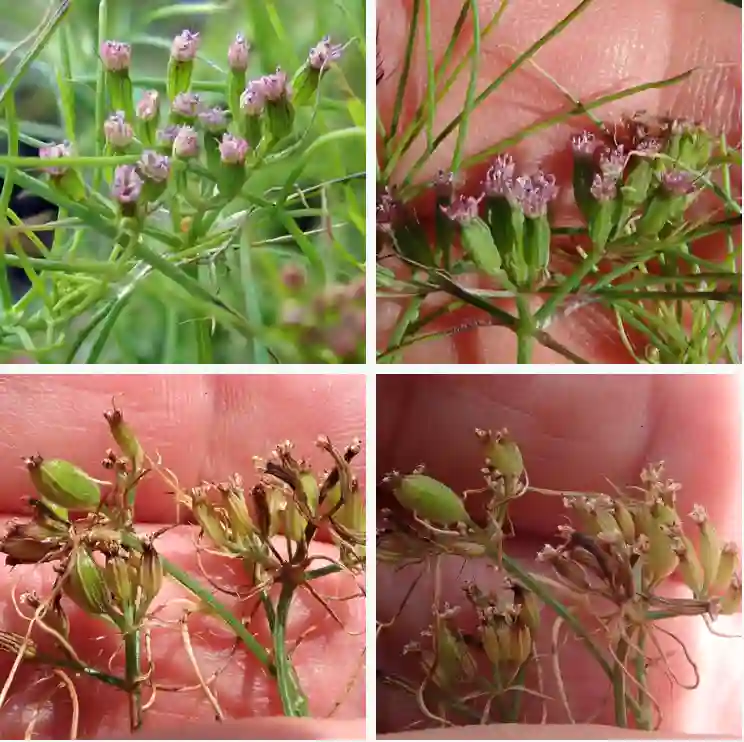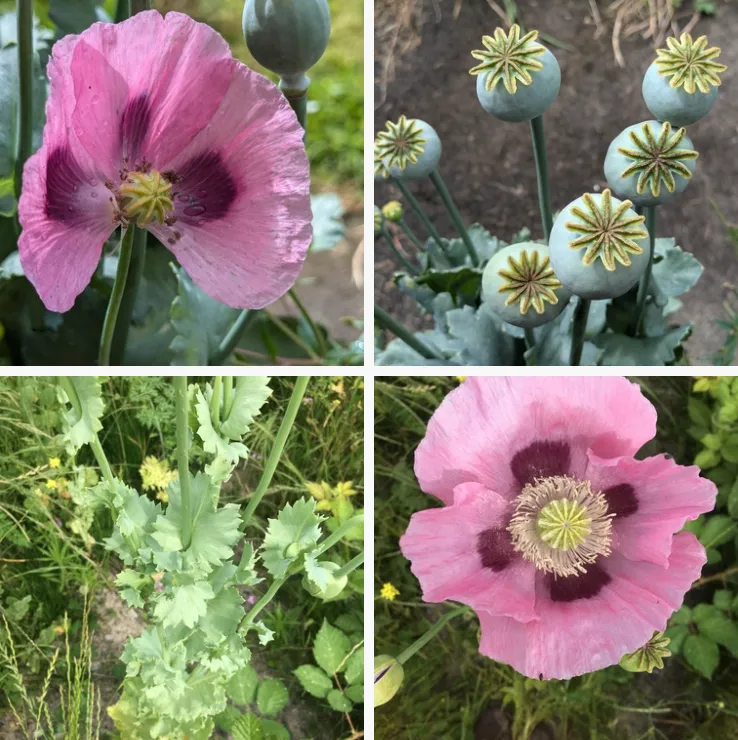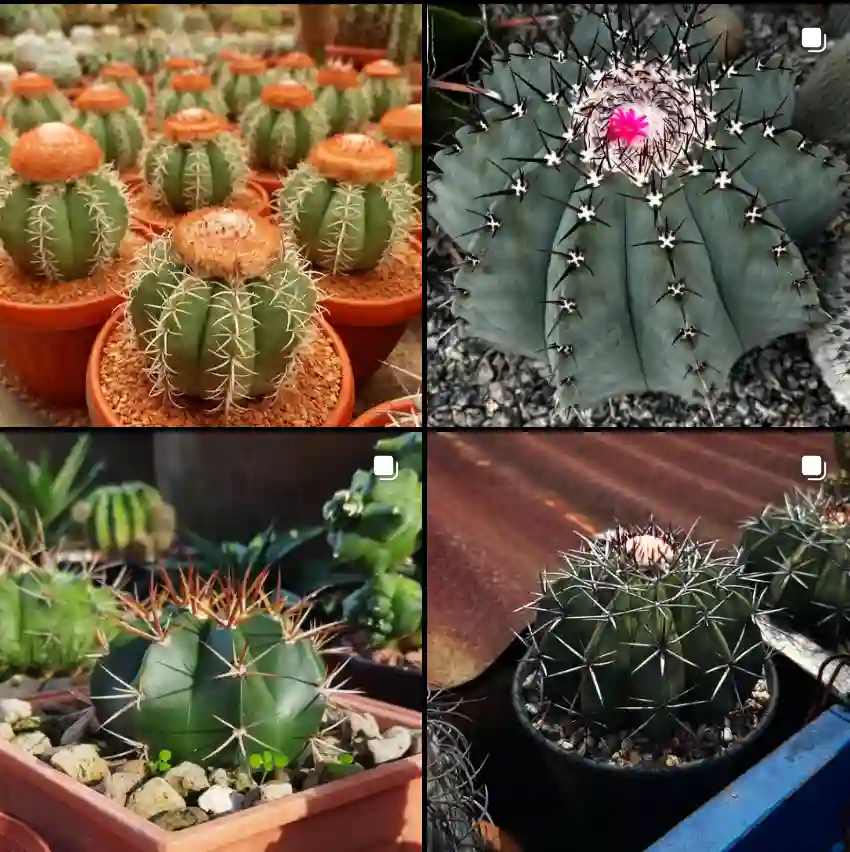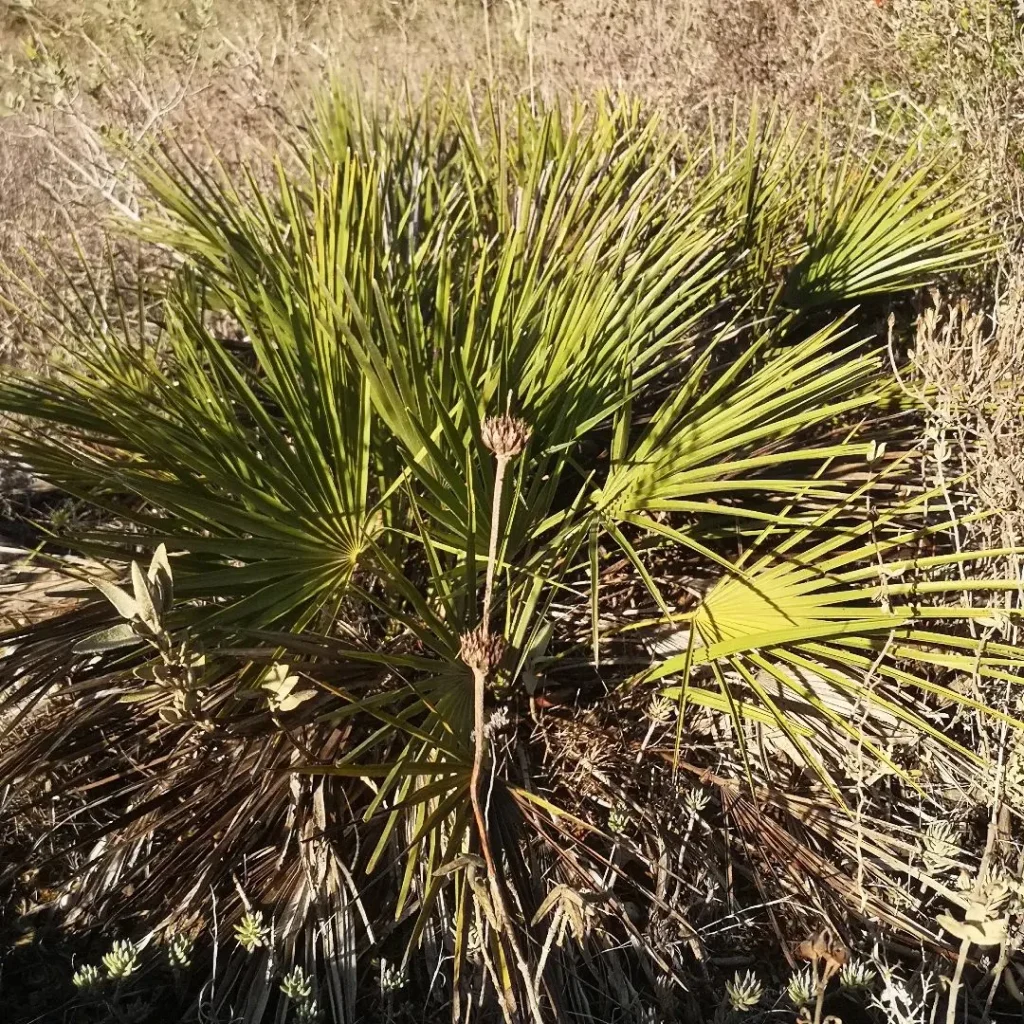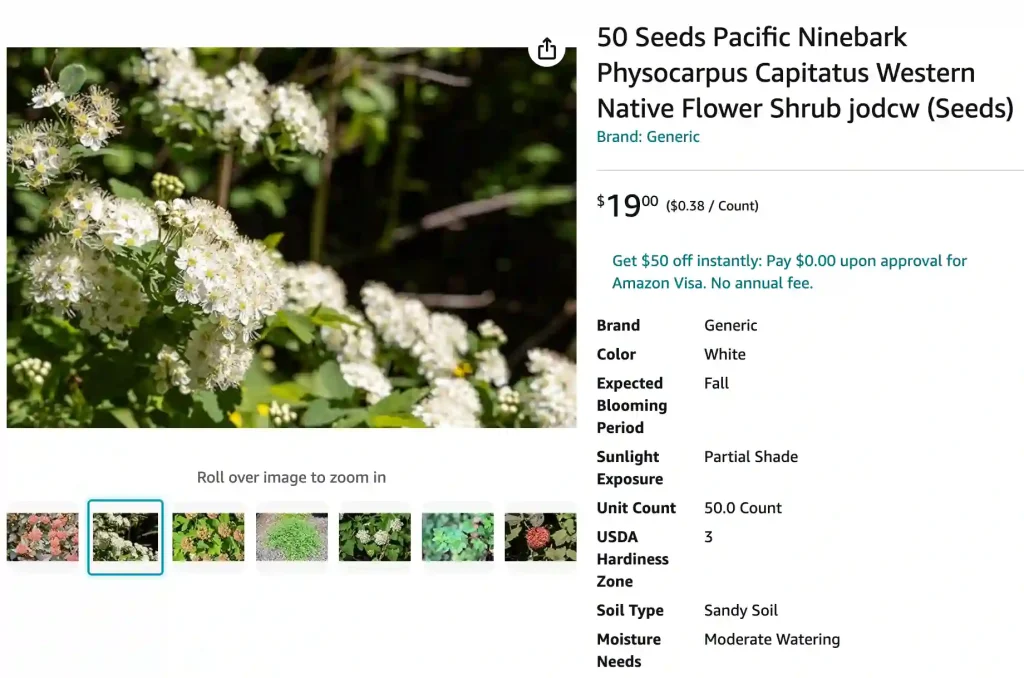
FAQs About Physocarpus Capitatus
As someone who has dabbled in various plants over the years, I’ve found Physocarpus Capitatus, commonly known as the Pacific Ninebark, to be a particularly fascinating shrub. Here’s a detailed look at this resilient plant, addressing common questions and offering insights based on my experiences.
7 Species in Genus Physocarpus
What Is Physocarpus Capitatus?
Physocarpus Capitatus, or Pacific Ninebark, is a deciduous shrub native to the western United States. It’s well-known for its distinctive peeling bark and attractive foliage. This plant can grow up to 8 feet tall and wide, making it a substantial addition to any garden. The shrub features clusters of small, white to pink flowers in late spring or early summer, followed by red or brown seed capsules in the fall.
How to Care for Physocarpus Capitatus?
Caring for Physocarpus Capitatus is relatively straightforward, making it a great choice for gardeners of all skill levels. Here’s what I’ve learned from growing it:
- Sunlight: Pacific Ninebark thrives in full sun to partial shade. Ideally, it should receive at least 6 hours of sunlight each day for optimal growth and flowering.
- Soil: This shrub is adaptable to a range of soil types, including sandy and loamy soils. However, it prefers well-drained soil. While it can tolerate occasional dry periods, regular watering is beneficial, especially during hot, dry spells.
- Pruning: Pruning helps maintain the plant’s shape and encourages better flowering. I recommend pruning in late winter or early spring before new growth starts. Remove any dead or damaged branches and thin out the interior to improve airflow and reduce the risk of disease.
- Fertilizing: Physocarpus Capitatus doesn’t require heavy fertilization. A balanced, all-purpose fertilizer applied in early spring can promote healthy growth. Avoid over-fertilizing, as this can lead to excessive foliage at the expense of flowers.
How to Propagate Physocarpus Capitatus?
Propagating Physocarpus Capitatus can be done through several methods:
- Cuttings: Taking softwood cuttings in late spring or early summer is an effective way to propagate this shrub. Dip the cuttings in rooting hormone and plant them in a well-draining potting mix. Keep them moist and in a shaded area until roots develop.
- Seeds: While less common, propagating by seeds is possible. Collect seeds in the fall and stratify them by placing them in a cold, moist environment for several weeks before planting. This process mimics natural winter conditions and helps with germination.
What to Plant With Physocarpus Capitatus?
Physocarpus Capitatus pairs well with a variety of plants, creating a dynamic garden space:
- Evergreens: To provide year-round interest and contrast, plant evergreen shrubs like Boxwood or Juniper nearby. They will maintain structure and color even when the Ninebark is not in bloom.
- Perennials: Consider combining it with perennials like Black-eyed Susan or Coneflower. Their bright blooms complement the Ninebark’s foliage and flowers.
- Grasses: Ornamental grasses such as Feather Reed Grass or Blue Fescue can add texture and movement to the garden, contrasting nicely with the Ninebark’s structured form.
Is Physocarpus Capitatus Toxic?
One of the reasons I appreciate Physocarpus Capitatus is that it is non-toxic to pets and children. This makes it a safe choice for family gardens or areas frequented by animals.
Benefits of Physocarpus Capitatus
Physocarpus Capitatus offers several benefits:
- Aesthetic Appeal: Its unique bark and colorful flowers add visual interest to any garden. The peeling bark provides winter interest when many other plants are bare.
- Wildlife Friendly: The shrub attracts pollinators like bees and butterflies, enhancing the biodiversity of your garden.
- Low Maintenance: Once established, Pacific Ninebark requires minimal care, making it an excellent choice for low-maintenance gardens.
Common Problems
Though generally hardy, Physocarpus Capitatus can face some issues:
- Pests: Look out for common pests such as aphids or spider mites. Regular inspections and appropriate insecticides can help manage these problems.
- Diseases: Fungal diseases like powdery mildew can sometimes affect Ninebark. Ensure good air circulation by proper pruning and avoid overhead watering to reduce the risk.
Compare with Other Similar Plants
If you’re considering alternatives to Physocarpus Capitatus, you might look at:
- Physocarpus Opulifolius: Known as the Common Ninebark, it has similar care requirements but may have different leaf and flower characteristics. It’s also more widely available in nurseries.
- Viburnum: Viburnum shrubs, such as Viburnum dentatum, offer similar size and shape but with different flowers and berries. They also tend to be more adaptable to varied soil conditions.
In summary, Physocarpus Capitatus is a versatile and attractive shrub that adds significant value to any garden. Its easy care requirements, combined with its aesthetic appeal and wildlife benefits, make it a fantastic choice for many gardeners.
If i die, water my plants!
